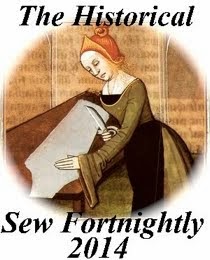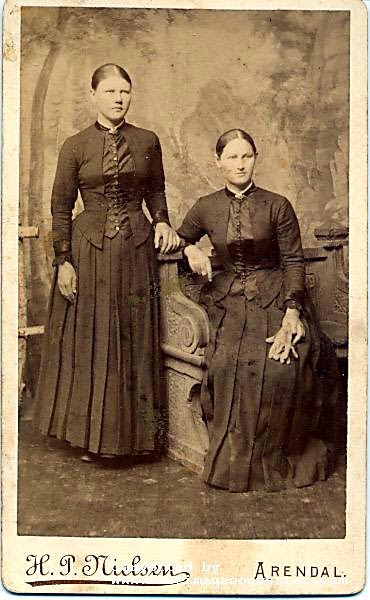 |
| Mrs. Raffald's Rich Seed Cake. Photo: Elizabeth Urbach |
This is the Georgian/Regency version of the Victorian Seed Cake recipe in an earlier post. I made a half recipe of this cake for the South Bay Ladies' Tea Guild's Regency Tea this month. Here is the text of the recipe as I received it: it's been slightly redacted for modern cooks.
Rich Seed Cake
Caraway seeds were enormously popular in the later eighteenth century. This rich cake would be eaten at breakfast or afternoon tea among the gentry and middle classes. It was thought the longer cakes were beaten the better—Mrs. Raffald recommends beating this cake for 2 hours. Modern baking powder was not invented until the mid-nineteenth century, so the success of a cake like this lies in its very careful technique. All ingredients and bowls must be slightly warmer than room temperature. Assemble all the ingredients before you begin, prepare the tin and preheat the oven.
8 oz. plain [all-purpose] flour
1 tsp. grated nutmeg
1 tsp. cinnamon
1 oz. caraway seeds
8 oz. unsalted butter, softened
8 oz. caster [granulated] sugar
4 eggs, separated, tepid
Line and grease an 8 inch diameter, 3 inch deep cake tin. Sift the flour and spices into a bowl, and add the caraway seeds. Make sure your mixing bowl is big enough, and slightly warm. Cream the butter and sugar in it very thoroughly, scraping the sides of the bowl. In a warm jug, beat the tepid yolks very well, then add to the creamed mixture gradually, beating very well after each addition. With a scrupulously clean beater, beat the whites stiff but not dry. Using a metal tablespoon fold the beaten whites and the flour into the creamed mixture, about a fifth at a time; fold in by slicing the spoon edge gently down the middle, lifting and turning as lightly as possible, at the same time turning the bowl slowly with your other hand. The flour should be shaken in from a height. Stop as soon as the mixture appears amalgamated. Empty gently into the prepared tin and fork roughly level. Bake in the middle of the oven at 325 degrees F for 1 ½ hours. Cool in the tin for 10 minutes, then turn on to a wire rack and remove the papers. The cake will be delicately crisp on the outside, and inside will have a light crumbly texture.
-- source:
The Experienced Housekeeper by Elizabeth Raffald (18th century), re-printed in
Food & Cooking in 18th Century Britain: History & Recipes by Jennifer Stead, English Heritage, 1985.

























